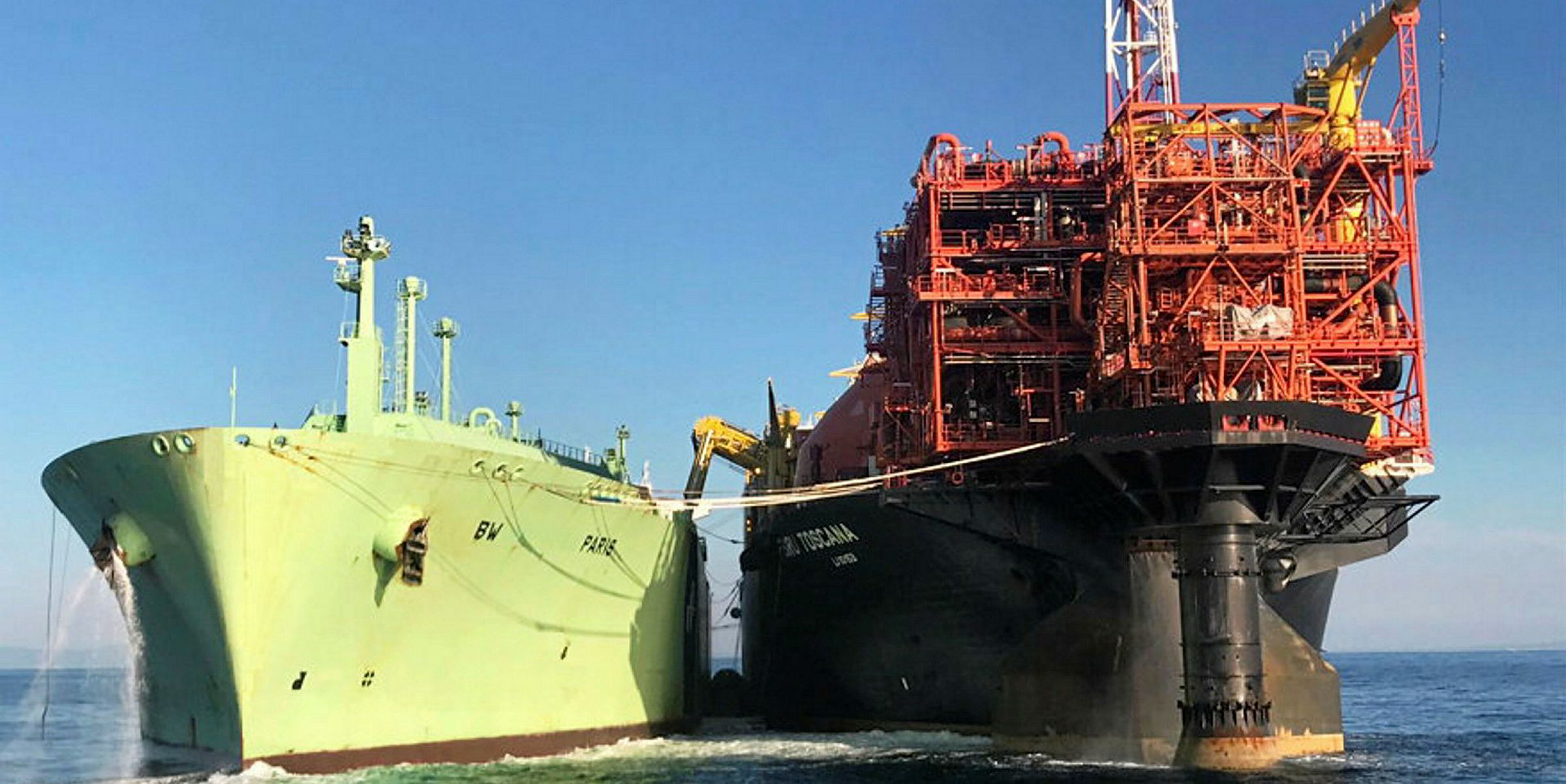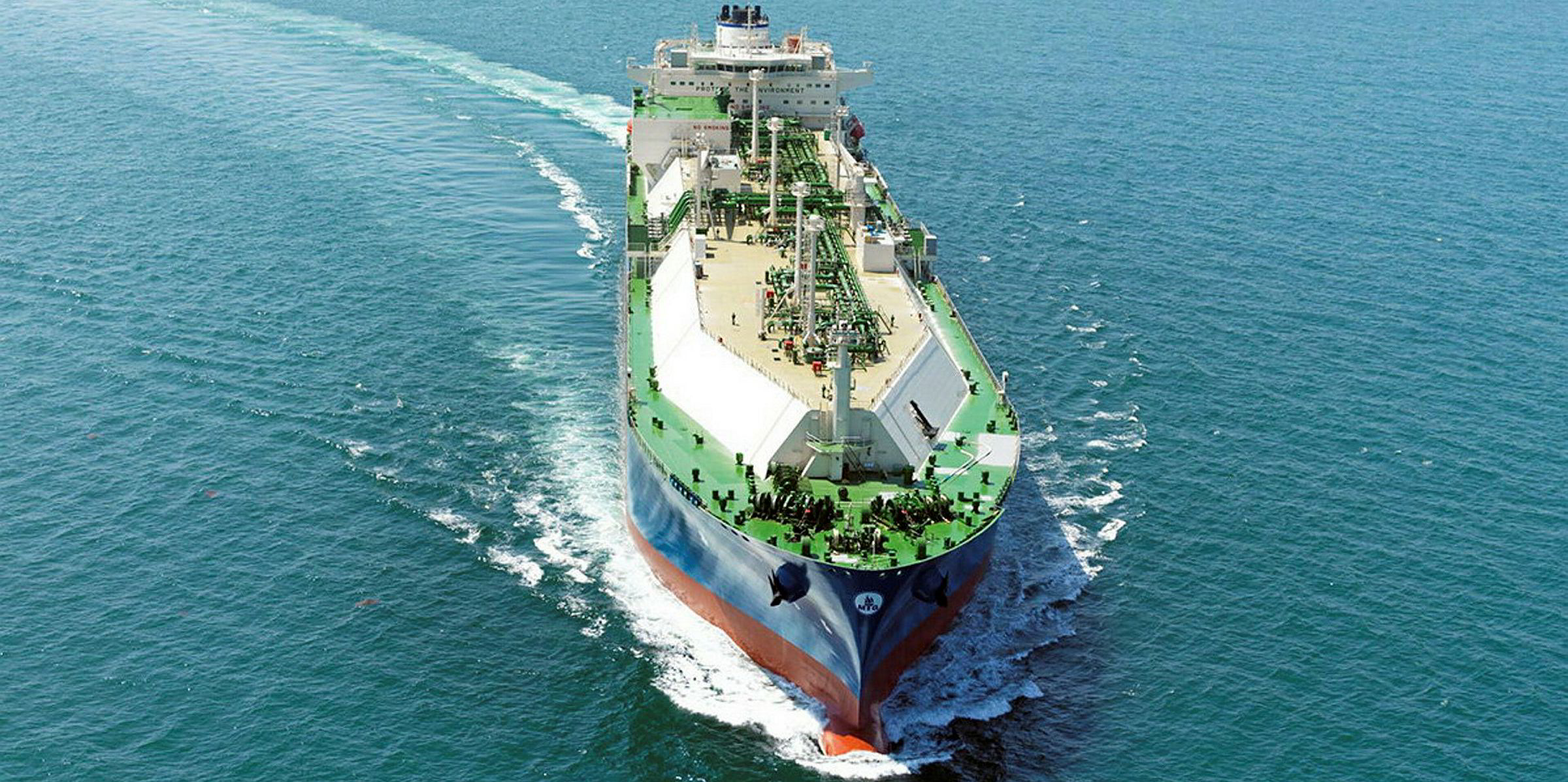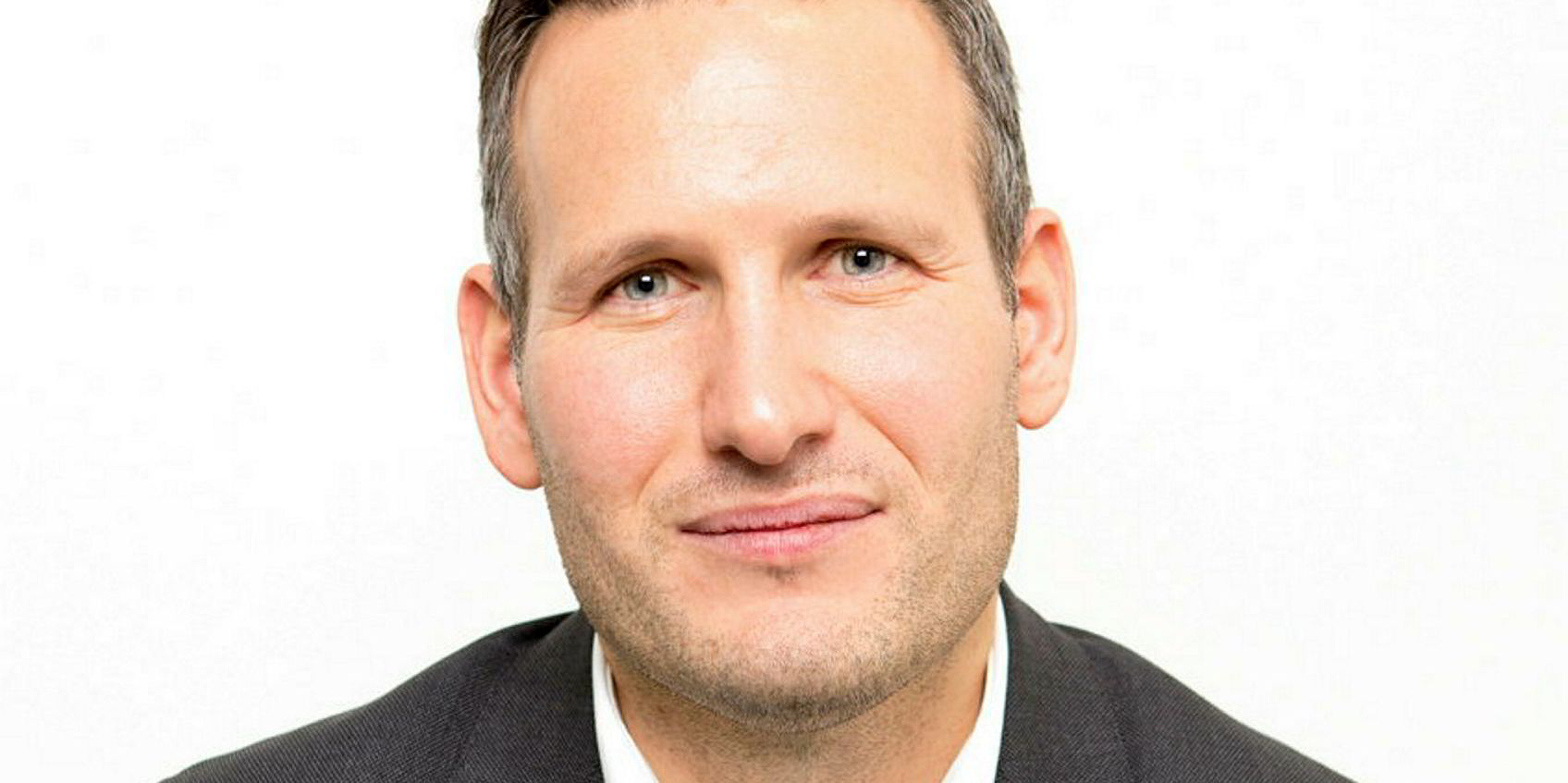Spot rates for LNG carriers have sunk to below break-even levels as the flat trading conditions continue across all markets, but shipowners are optimistic on a turnaround in the second half.
Brokers say spot earnings remain “under pressure”, with good availability of tonnage across all trading basins.
They peg rates for the newer 174,000-cbm, gas-injection LNG carriers at daily levels in the high $50,000s.
Tri-fuel and dual-fuel vessels of around 160,000 cbm are quoted at charter rates in the low-$40,000 to high-$30,000-per-day range, while older steam-turbine tonnage is attracting offers below or only marginally above the $30,000-per-day mark.
Brokers describe cargo demand as “flat” for the first two months of this year.
In the past two weeks, activity has picked up as requirements for March and April have emerged. However, this has not moved rates, which continued to soften.
They cite a mix of factors for the sinking start to the year, including a warmer-than-expected winter in Asia that has led to more cargoes being produced and consumed within the Atlantic Basin, cutting tonne-mile demand.
The market is expected to become increasingly tight during 2019
Oystein Kalleklev, chief executive of Flex LNG
Production issues
In addition, there have been production issues at a number of liquefaction plants and some of the new US projects have been slow to start up.
Shipowners reporting results have been giving their take on market prospects, with all sounding upbeat on the longer-term outlook despite this week's reports of economic slowdown in China — last year's fastest-growing LNG consumer.
Flex LNG chief executive Oystein Kalleklev said: “The market is expected to become increasingly tight during 2019.”
Kalleklev added that if a “normal shipping trading path” emerged in 2019, where cargoes move long haul into Asia, then LNG carrier demand will increase by about 60 ships, while there are only around 40 newbuilding deliveries scheduled during this year.
But he said that even if the current trading pattern of US cargoes delivering into Europe continued, the market will become tighter this year and into 2020, as demand for vessels will outstrip supply.
'Bullish' view
His counterpart at Golar LNG, Iain Ross, said that despite the volatility of rates in the past few months — levels hit a record peak of more than $200,000 per day in the fourth quarter of 2018 — the company’s view on the LNG shipping market remains “bullish”.
“The thesis of structural shortage over the next couple of years is unchanged,” Ross said, with leading brokers forecasting at least a 10-vessel shortfall by the end of next year, rising to a deficit of more than 20 ships by 2020.
Awilco LNG described the outlook for LNG shipping over the next few years as “promising”, with 91 million tonnes per annum of new LNG production capacity due onstream in the period to 2021.
“Close to 50 mtpa of the new production is out of the US, which is expected to increase average sailing distances substantially,” the company said.
But it cautioned that periods of volatility and seasonality should still be expected.







